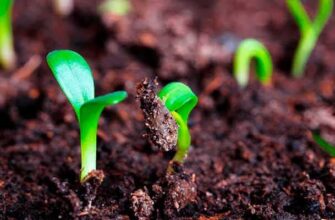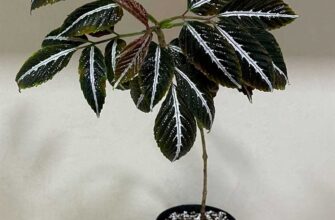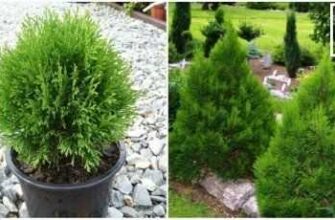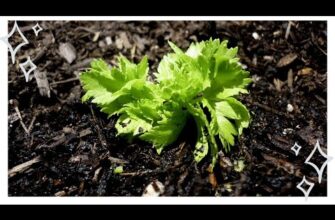- Развитие космической индустрии
- Перспективы для частных компаний
- Влияние космоса на международные отношения
- Новые возможности для исследования космического пространства
- Космический туризм и свобода выбора
- Космическая экономика: новые пути процветания
- Проблемы безопасности в космосе и защита свободы
- 1. Равенство в космосе
- 2. Защита свободы в космосе
- 3. Безопасность в космосе
- Глобальное объединение через космическую связь
- Спутники свободы: роль космических систем в коммуникации
- Космический правовой фреймворк: защита прав и свобод в космосе
- Вопрос-ответ:
- Какие новые горизонты свободы открываются в космосе?
- Какой вклад в развитие космической свободы внесли космические агентства и частные компании?
- Как космос может способствовать развитию научных исследований и новых технологий?
- Какие риски и проблемы могут возникнуть при освоении космической свободы?
- Видео:
- Космея-неприхотливый и обильно цветущий однолетник.1 октября 2021 г.
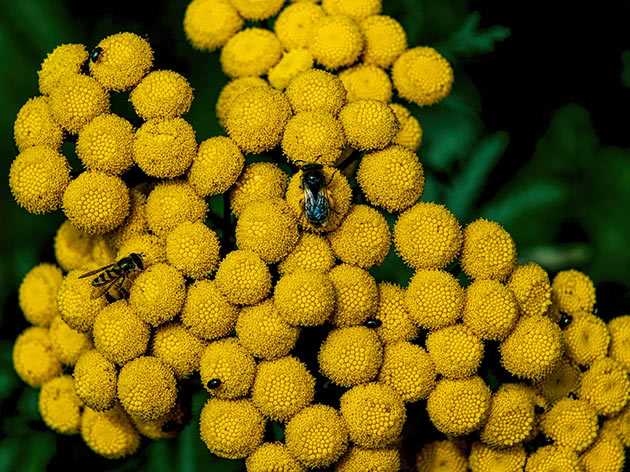
Космос – это не только бескрайнее пространство и звезды, но и символ свободы. Любовь к космосу исходит из глубин нашей души, ведь именно здесь мы видим величие и красоту, которых нигде больше нет. Свобода, которую дарит нам космос, позволяет нам раскрыть себя до предела и стать лучше.
Космос приучает нас к хорошему и прививает нам ценности, которые помогают нам жить гармонично и счастливо. В безграничном пространстве космоса мы видим, как велика и неповторима природа, и понимаем, что нам нужно беречь ее. Счастье, которое мы испытываем, находясь в космосе, позволяет нам по-настоящему понять, что значит быть свободным человеком.
Космос – это место, где равенство превалирует над различиями. В космическом пространстве все люди равны перед природой и вселенной. Здесь нет места для разделения на национальность, пол или вероисповедание. Гармония, которую мы ощущаем в космосе, показывает, что мир без войн и конфликтов – это не только возможно, но и необходимо.
Космос – это не только набор звезд и планет, это мир, который учит нас любить и беречь друг друга, стремиться к истинной свободе и равенству, находить гармонию с природой и самим собой.
Развитие космической индустрии
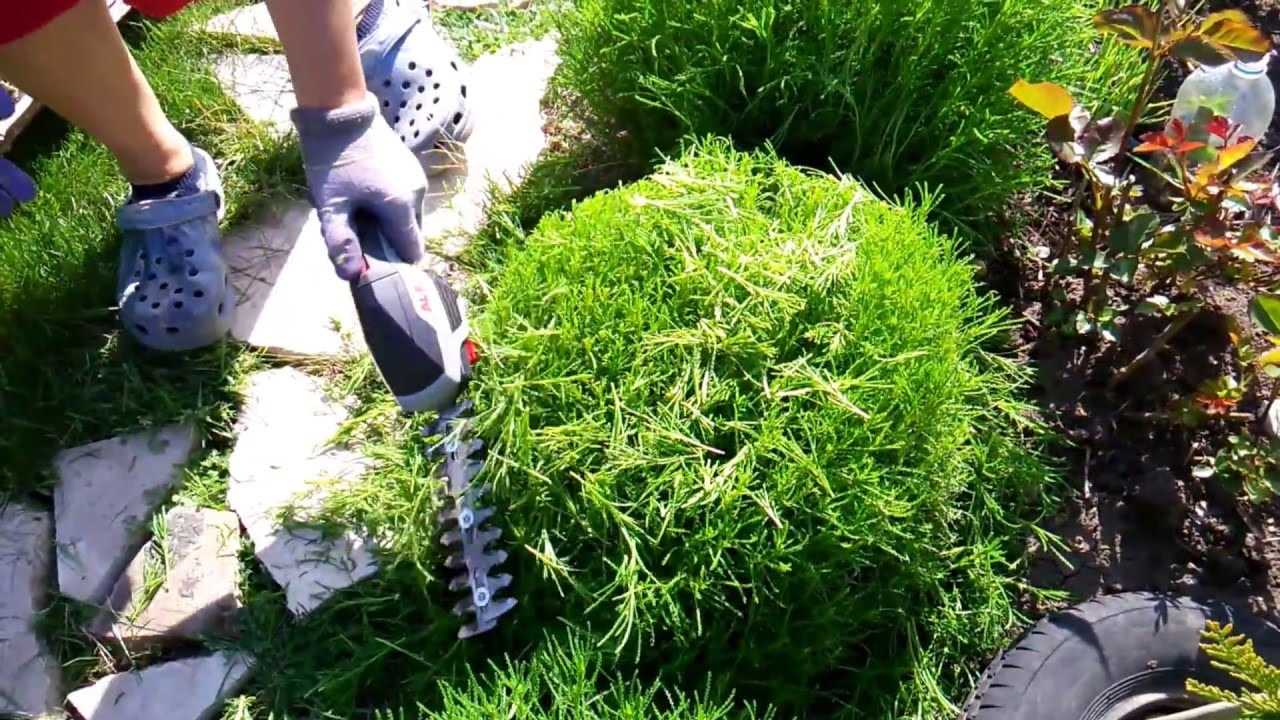
Космическая индустрия открывает перед человечеством огромные перспективы и возможности. Она стимулирует развитие науки и технологий, исследование мироздания и расширение наших границ.
Космос — это не только место для научных исследований и открытий, но и источник вдохновения и счастья. Возможность побывать в космосе и увидеть Землю с высоты объединяет людей и помогает им осознать бесконечность и красоту природы.
Развитие космической индустрии способствует созданию новых рабочих мест и экономическому росту. Это создает равенство и возможность для каждого человека внести свой вклад в освоение и исследование космического пространства.
Свобода и гармония сливаются в космосе, где нет ограничений и преград. Здесь каждый может реализовать свои мечты и стремления. Космическая индустрия открывает новые горизонты и дает возможность всем людям испытать чувство истинного счастья и любви к космическому пространству.
Развитие космической индустрии — это шанс на создание лучшего будущего для всего человечества. Это возможность преодолеть границы и достичь невозможного. Вместе мы можем создать мир, где царит равенство, свобода и хорошее для всех.
Перспективы для частных компаний

Развитие космической индустрии открывает перед частными компаниями огромные перспективы. Любовь к исследованию космоса и стремление к открытия новых горизонтов становятся основным движителем для их деятельности. Счастье и успех этих компаний заключается в осуществлении своих амбиций и реализации новых идей.
Равенство возможностей в космосе становится реальностью благодаря участию частных компаний. Гармония между государственными и частными инициативами позволяет создать условия для совместной работы и достижения общих целей. Сотрудничество между различными игроками на космической арене способствует развитию космической технологии и открытию новых возможностей для человечества.
Свобода исследования космоса стимулирует частные компании на создание новых решений и технологий. Они осваивают просторы внеземного пространства, выходя за рамки традиционных программ государственных космических агентств. Это придаёт им конкурентное преимущество и открывает двери в новые рынки и возможности.
Природа частных компаний, стремящихся к достижению хороших результатов, вносит новые идеи и инновации в космическую индустрию. Они преображают сферу космических исследований, создавая более эффективные и доступные способы достижения целей. Это позволяет сделать космос более доступным для всех, расширяя мирозрение человечества и способствуя развитию науки и технологий.
Влияние космоса на международные отношения
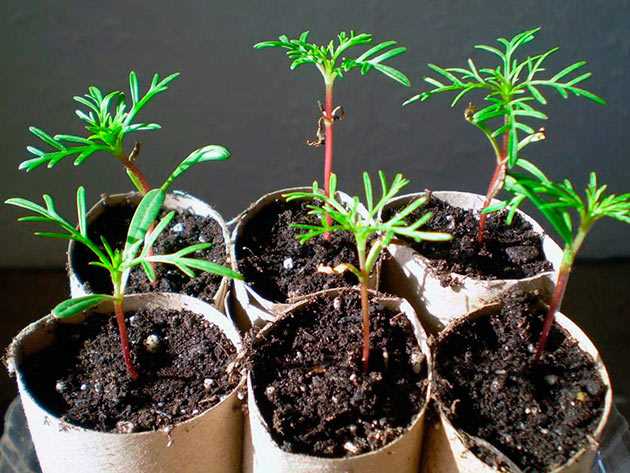
Природа космоса оказывает хорошее влияние на международные отношения, способствуя установлению равенства и добрососедства между государствами. Исследование космоса объединяет страны в совместные космические программы, что способствует развитию мира и гармонии на Земле.
Космические исследования также приводят к созданию новых технологий и научных открытий, которые влияют на различные сферы жизни, включая экономику, медицину и экологию. Эти достижения помогают обеспечить счастье и свободу людей, улучшая качество жизни и расширяя возможности человечества.
Кроме того, космос стимулирует международное сотрудничество и дипломатические отношения между странами. Совместные миссии и проекты в космосе требуют сотрудничества и доверия между государствами, что способствует укреплению международной общности и созданию партнерских отношений на основе взаимного интереса и взаимовыгоды.
Таким образом, влияние космоса на международные отношения положительно, способствуя установлению равенства, мира и счастья в мире. Это позволяет строить гармоничные отношения между государствами и создавать основу для дальнейшего развития человечества в космосе и на Земле.
Новые возможности для исследования космического пространства
В мире счастья и гармонии, где равенство и любовь царят, природа и космос предоставляют нам удивительные возможности для исследования и познания новых горизонтов.
Современные технологии открывают перед нами бесконечный потенциал для изучения космического пространства. Новые спутники и обсерватории позволяют нам наблюдать и изучать далекие галактики и звездные скопления, расширяя наши знания о Вселенной.
Исследование космоса дает нам возможность понять, как все взаимосвязано в этой великой системе. Мы можем изучать процессы, происходящие в космическом пространстве, и применять полученные знания для блага человечества.
Космическое исследование также помогает нам лучше понять нашу планету Землю. Изучение природы и состояния нашей планеты из космоса позволяет нам принимать осознанные решения в области охраны окружающей среды и сохранения природных ресурсов.
Возможности для исследования космического пространства открывают перед нами новые перспективы и горизонты, где мы можем найти новые ответы на вопросы о происхождении жизни и ее развитии. Космос предоставляет нам возможность расширять наши границы и узнавать больше о вселенной, которая нас окружает.
Космический туризм и свобода выбора
Космический туризм открывает новые возможности для людей наслаждаться свободой выбора. Все мы стремимся к счастью и гармонии, и путешествие в космос может стать одним из способов достичь этой цели. Внутри нас есть стремление к равенству и свободе, и в космосе мы можем почувствовать себя свободными, как никогда прежде.
В космическом туристическом путешествии мы сможем наслаждаться красотой природы, которая окружает нас. Открывшиеся перед нами виды на Землю и другие планеты позволят нам увидеть, насколько удивительны и уникальны мир и природа. В этом путешествии мы сможем почувствовать любовь и уважение к нашей планете, а также осознать, что мы все связаны и мы должны заботиться о ней.
Космический туризм также открывает перед нами новые возможности для мира и гармонии. Возможность встретиться с представителями других культур и наций в космической станции может помочь нам преодолеть границы и различия. Вместе мы можем создать гармонию и понимание, и стать единой человеческой семьей.
Таким образом, космический туризм может дать нам свободу выбора, счастье и равенство. Он позволяет нам открыть для себя новые горизонты, познакомиться с красотой мира и природы, и преодолеть различия. Любовь и гармония могут стать нашим путеводителем в космосе, и вместе мы можем создать лучшее будущее для всех людей и для нашей планеты.
Космическая экономика: новые пути процветания
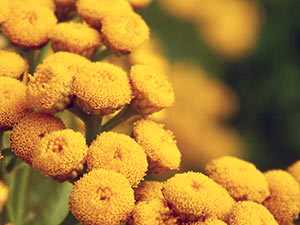
Так стоп!!! Вы всё ещё не подписаны на наши каналы в Телеграмм и Дзен? Посмотрите: ТГ - (@historyfantasydetectivechat) и Дзен (https://dzen.ru/myshortsstorys)
Космическая экономика открывает перед миром бескрайние возможности для развития и процветания. Космос, с его необъятными просторами и богатствами, предлагает человечеству новые ресурсы для экономического роста и развития.
Взаимодействие с космосом и его природой может привести к гармонии с окружающей средой. Использование космических технологий и ресурсов с учетом экологических аспектов позволяет сохранить природу и обеспечить устойчивое развитие нашей планеты.
Космическая экономика также способствует свободе и равенству. Она создает новые возможности для всех стран и народов в области научных исследований, технологического развития и коммерческих проектов. Космос объединяет всех людей в стремлении к открытию и познанию, в создании хорошего будущего для всего человечества.
Любовь к космосу и его исследованию вдохновляет и мотивирует тысячи людей работать над новыми проектами и идеями. Они стремятся раскрыть все потенциальные возможности, которые предлагает космос, и использовать их во благо всего человечества.
Проблемы безопасности в космосе и защита свободы
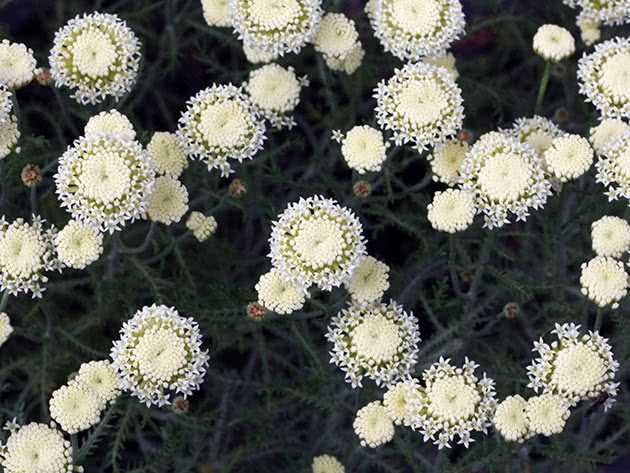
1. Равенство в космосе
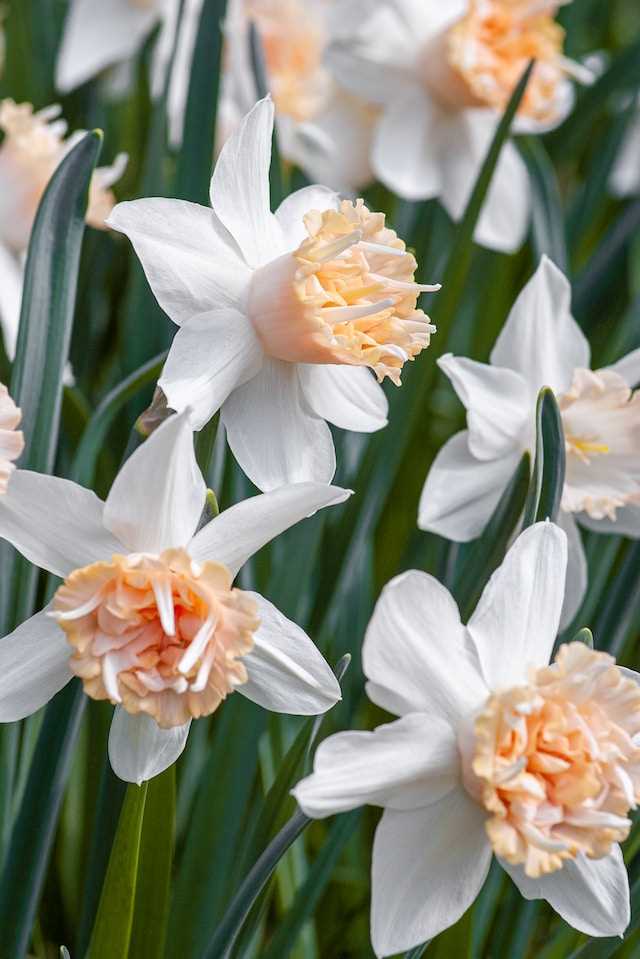
Космос предоставляет хорошее поле для проявления свободы и равенства. Здесь все космические путешественники, независимо от своего происхождения, имеют равные права и возможности. В космической среде царит гармония и равноправие, где каждый может реализовать свои возможности и достичь счастья.
2. Защита свободы в космосе
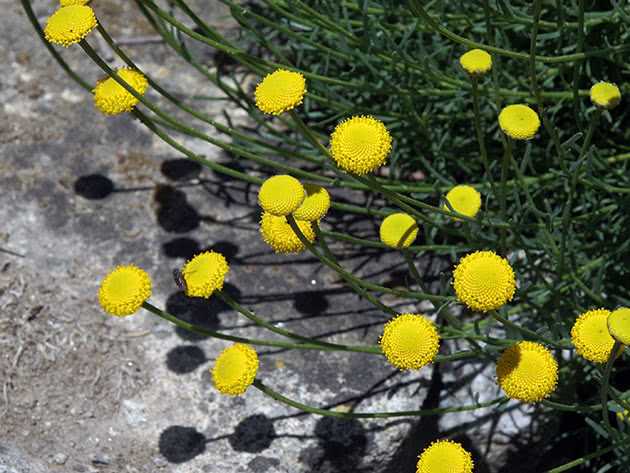
Свобода в космосе — это свобода исследования, свобода выражения и свобода выбора. Она является фундаментальным принципом, который нужно защищать. Все космические организации и международные правовые акты направлены на обеспечение свободы в космосе, чтобы каждый мог наслаждаться полной свободой и счастьем в этом великом и невероятном пространстве.
3. Безопасность в космосе
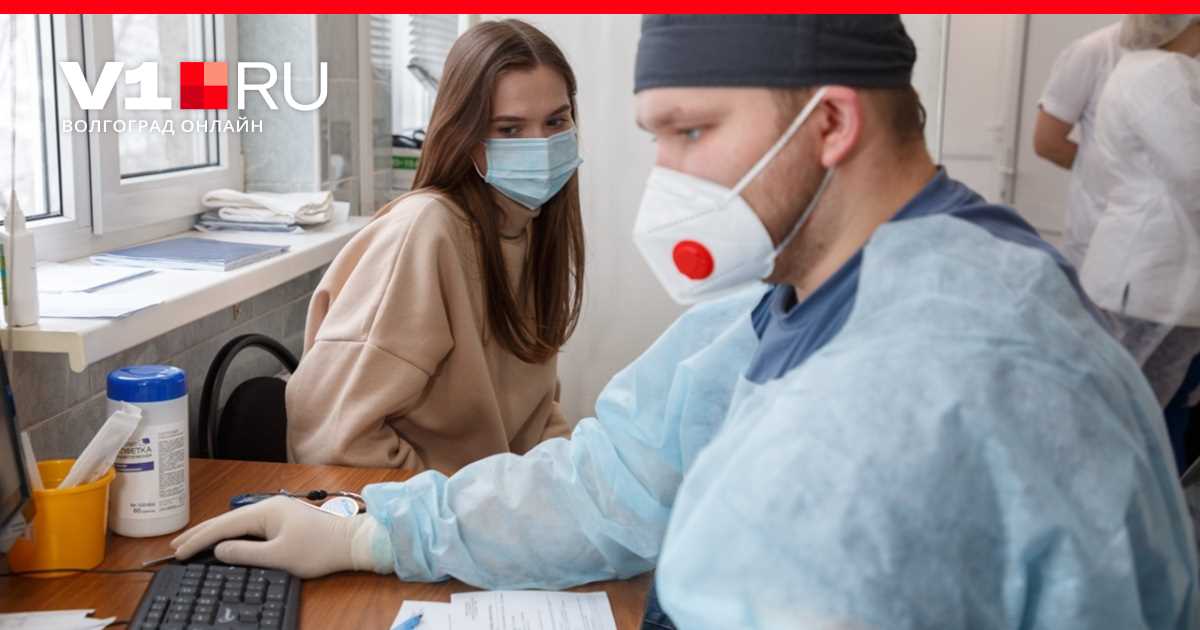
Свобода в космосе невозможна без обеспечения безопасности. Все космические полеты должны быть строго контролируемыми и безопасными. Нужно разработать и применять технологии и системы, которые гарантируют защиту космонавтов и обеспечивают их безопасное возвращение на Землю. Только обеспечивая безопасность в космосе, мы сможем сохранить равенство, свободу и счастье, которые он предлагает.
Глобальное объединение через космическую связь
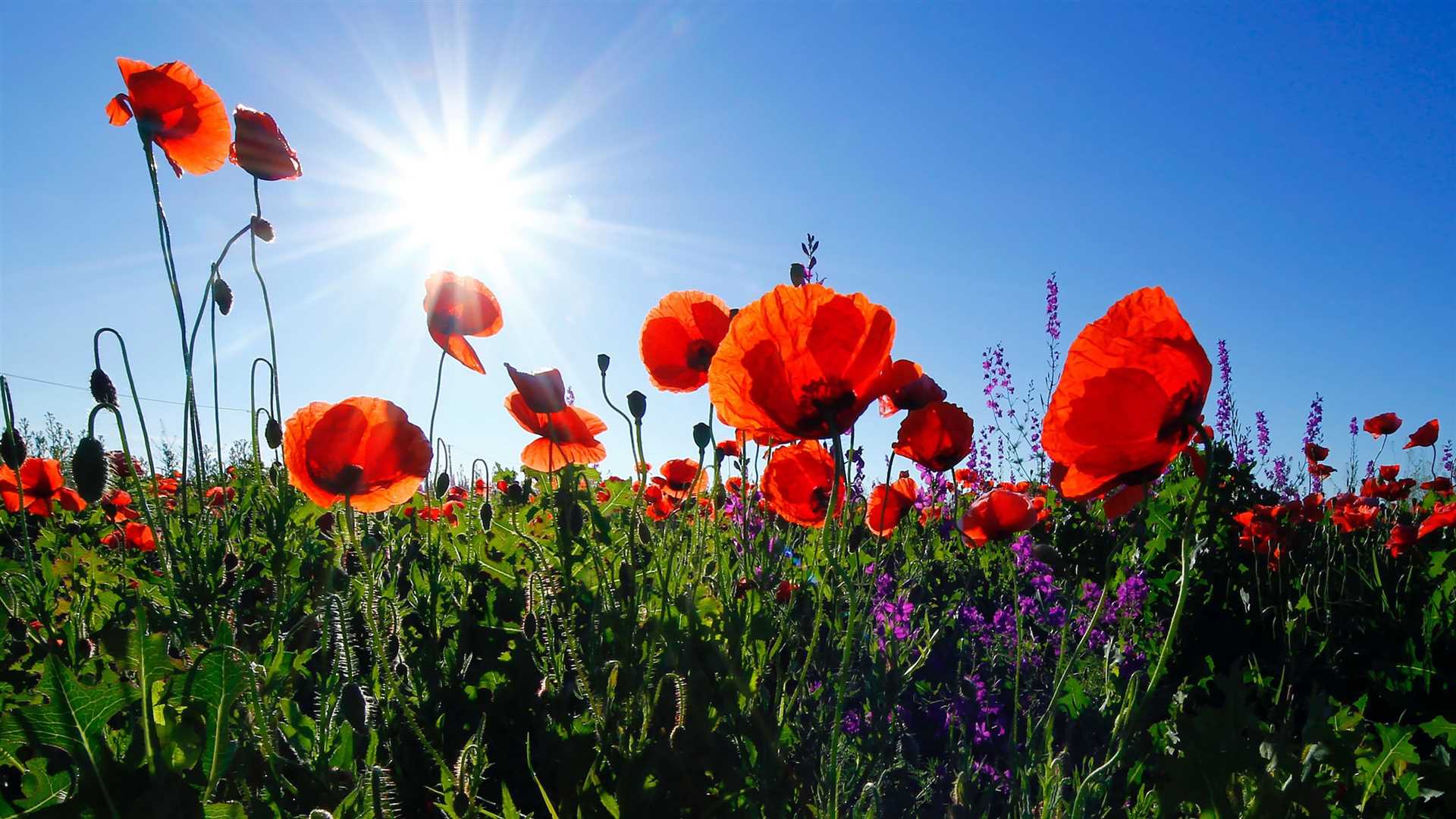
Космическая связь – это не только передача данных и информации, но и возможность глобального объединения людей в гармонии и равенстве. Современные технологии позволяют нам быть на связи с другими уголками планеты, обмениваться знаниями, опытом и идеями. В результате, возникает новое понимание и взаимное уважение, что приносит счастье и любовь в сердца многих.
Космическая связь дает нам свободу и возможность общаться, независимо от расстояний и границ. Это создает условия для развития хороших отношений и сотрудничества между людьми разных национальностей и культур. Взаимодействие через космическую связь способствует созданию мира и укреплению связи с природой, ведь мы осознаем нашу общую ответственность за будущее планеты и понимаем, что только вместе мы сможем сохранить ее для будущих поколений.
Глобальное объединение через космическую связь – это не просто технический прогресс, но и развитие нашей духовности. Мы осознаем, что наша планета – это единое целое, и только сотрудничая и поддерживая друг друга, мы сможем достичь глобального равенства и преодолеть различия. Космическая связь – это инструмент, который помогает нам расширить границы наших возможностей и создать лучшее будущее для всех.
Спутники свободы: роль космических систем в коммуникации
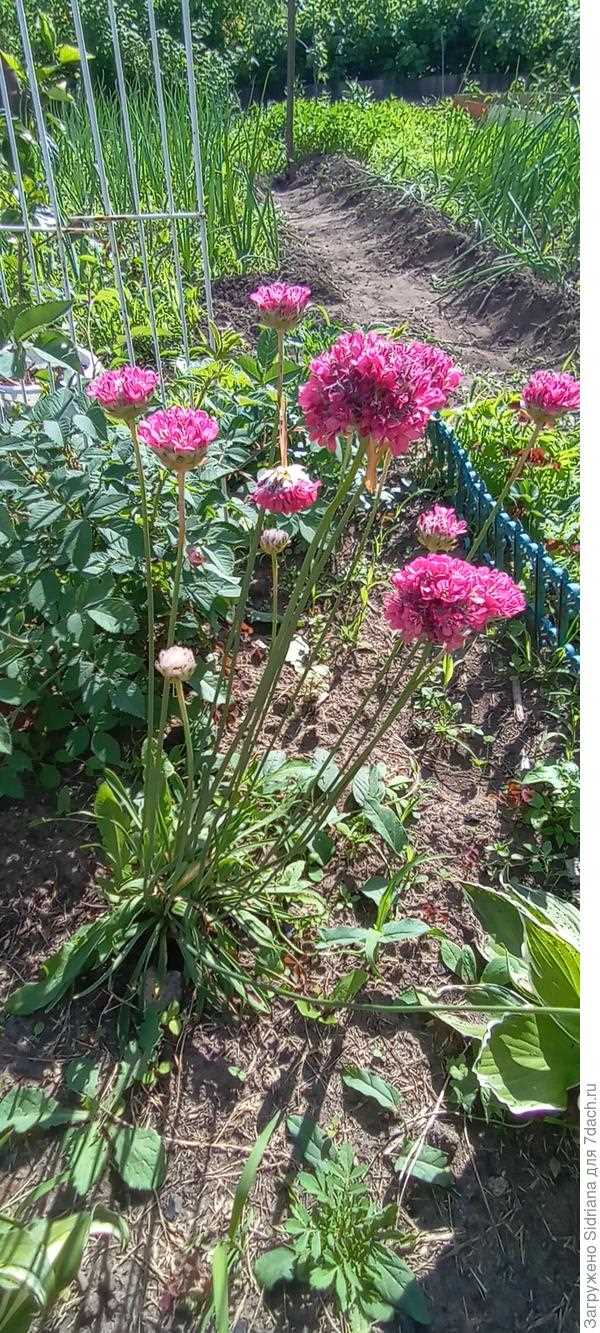
Космос — это не только бескрайние просторы и невероятные открытия, но и возможность для реализации самых возвышенных идей. Он открывает перед нами новые горизонты свободы, равенства и мира.
Счастье и гармония на Земле тесно связаны с возможностью коммуникации и обмена информацией. Космические системы играют важную роль в обеспечении этой связи, позволяя людям находиться на связи в любой точке планеты. Они обеспечивают свободу передвижения, позволяют передавать любовь и заботу на расстоянии, создавая глобальное сообщество, где каждый может быть услышан и понят.
Космические системы также способствуют укреплению равенства между людьми. Благодаря им, информация становится доступной для всех, независимо от места проживания или социального статуса. Они создают возможность для обмена знаниями и опытом, способствуя поддержке и развитию тех, кто нуждается в помощи.
Космические системы — это символ современного мира, где технологии используются для создания хорошего и благоприятного окружения. Они способствуют развитию новых технологий, которые в свою очередь могут привести к экономическому росту и процветанию общества. Они помогают нам создавать мир, где каждый может найти свое место и внести свой вклад в общее благо.
Космический правовой фреймворк: защита прав и свобод в космосе
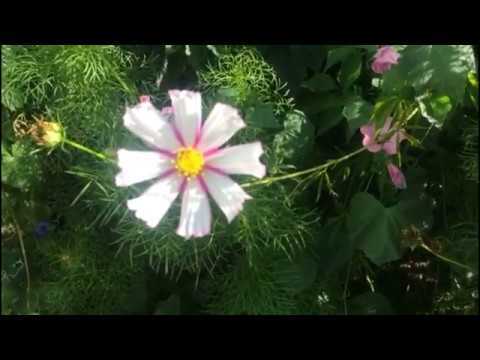
Природа космоса исключительна в своей величественности и загадочности. Мы стремимся познать все его тайны и освоить его просторы. Однако, при этом необходимо помнить, что космос также должен быть местом счастья и любви, где величие природы сочетается с хорошим для всех.
Космический правовой фреймворк должен обеспечивать мир, свободу и гармонию в космическом пространстве. В нем должны закрепляться принципы равенства, где каждый человек имеет право свободно и мирно исследовать космос, независимо от национальности, пола или вероисповедания.
Для обеспечения прав и свобод в космосе необходимо разработать международные договоры и конвенции, которые устанавливают правила и нормы поведения в космическом пространстве. Эти документы должны защищать права людей, запрещать вооруженные конфликты на орбите и предотвращать вмешательство в деятельность других государств.
Одной из важных задач космического правового фреймворка является обеспечение справедливого доступа к космическим ресурсам и технологиям. Все государства и организации должны иметь равные возможности для освоения и использования космического пространства в целях научных и практических исследований.
Таким образом, космический правовой фреймворк играет важную роль в обеспечении прав и свобод в космосе. Он создает основу для равноправного и гармоничного сотрудничества между государствами и организациями, позволяет развивать науку и технологии во благо человечества и обеспечивает сохранение природы космоса для будущих поколений.
Вопрос-ответ:
Какие новые горизонты свободы открываются в космосе?
Космос предоставляет уникальные возможности для расширения свободы человека. Среди новых горизонтов свободы в космосе можно выделить возможность исследования неизведанных планет и галактик, развитие космического туризма, создание космических колоний и даже переезд на другие планеты в будущем.
Какой вклад в развитие космической свободы внесли космические агентства и частные компании?
Космические агентства, такие как NASA и Роскосмос, играли ключевую роль в исследовании космоса и обеспечении национальной безопасности. Однако, в последние годы, частные космические компании, такие как SpaceX и Blue Origin, стали активно развиваться и вносят существенный вклад в развитие космической свободы через коммерческие запуски и создание новых технологий.
Как космос может способствовать развитию научных исследований и новых технологий?
Космос предоставляет уникальную среду для научных исследований в различных областях, таких как астрофизика, биология, геология и многие другие. Космические исследования позволяют расширить наши знания о Вселенной и открыть новые горизонты для развития научных технологий. Например, космические технологии применяются в медицине, телекоммуникациях и экологии.
Какие риски и проблемы могут возникнуть при освоении космической свободы?
Освоение космической свободы сопряжено с определенными рисками и проблемами. Одной из главных проблем является необходимость обеспечения безопасности космических полетов и предотвращения аварий. Также возникают этические вопросы, связанные с использованием космических ресурсов и колонизацией других планет. Кроме того, космическая свобода может создавать новые угрозы для глобальной безопасности и международных отношений.


